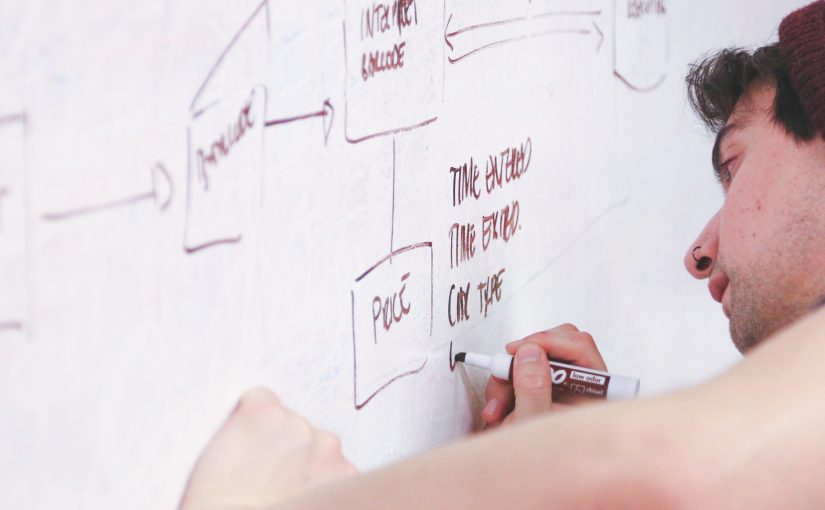Design stage: Background research and target setting
What is user-centred design? How do we understand the ‘design space’? Who are key actors in the design of our applications? Which simple techniques can be used to understand user needs? In your projects, you will concern yourself with these questions also and so it makes sense to have this week’s lecture discuss those aspects. Thus, this session focused on different approaches to design, especially user-centred design (simply speaking, each come with different ethical stances towards the user’s influence over the design process). The design sprint method we apply is large an example of user-centred design, employing something called a contextual enquiry. At the end of this week, you should have a basic understanding of contextual enquiry and know how to apply it in user research.
Project kick-off seminar: The seminar this week, our project partners join us for our project kick-off. We will run through a few facilitated activities to map out the relationships between the stakeholders listed in the brief. This is to notice the various key audiences involved, their priorities, mutual interests, and friction points. We will also revisit the ideal project outcomes with the project partners and the possible timeline for key research and design activities.
Team: Your task this and next week will be to meet with user representatives. Research your approach and write a blog post on the following:
- User interview plan: Who do you involve in your user research?
- Goals and aims: What are your aims and in response to what questions to do you plan to cover?
- Documentation: How do you plan to document your interview?
